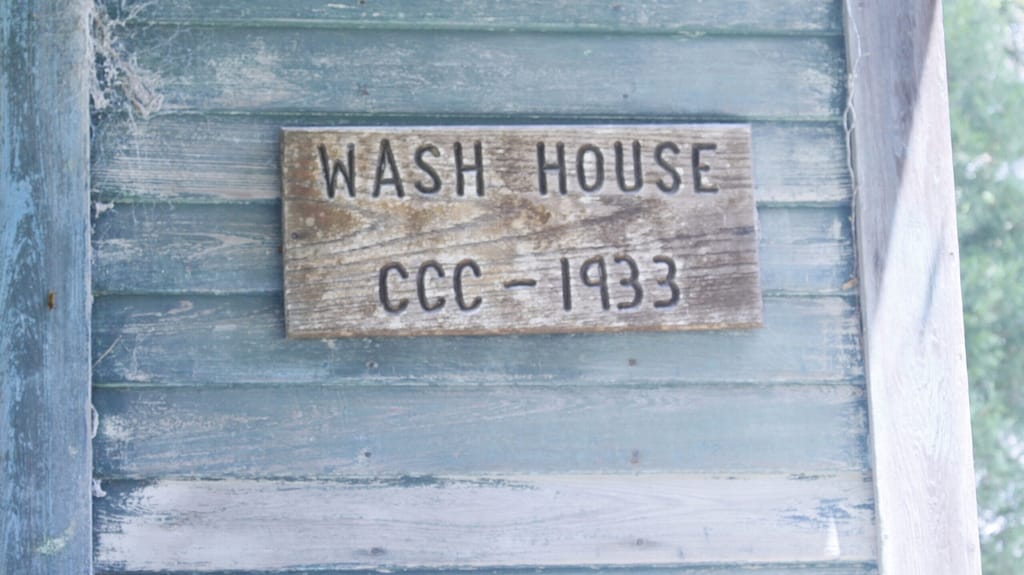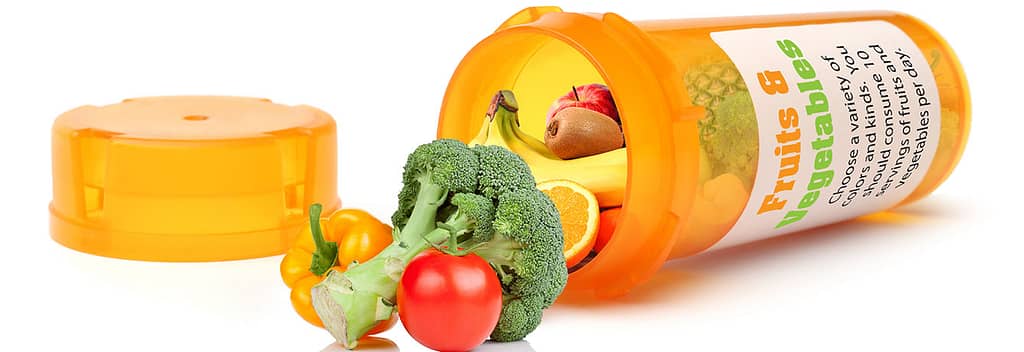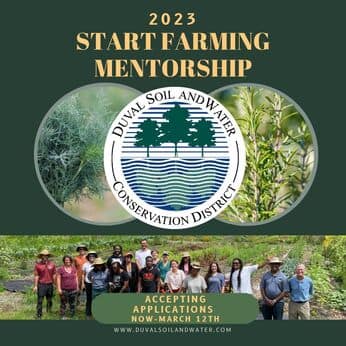WASHINGTON, October 29, 2020 – USDA’s Natural Resources Conservation Service (NRCS) is awarding more than $14.6 million in grants to support the development of innovative systems, tools, and technologies for production and conservation on agricultural lands. Funds are provided through the Conservation Innovation Grants (CIG) program, which awards grants to organizations, universities, and others that are developing innovations to support farmers, ranchers, and forest landowners.
This USDA investment has generated more than $15.3 million in partner matching funds, resulting in almost $30 million for conservation innovation. Authorized in the 2002 Farm Bill, the CIG program has awarded nearly $300 million to-date.
“Being a beginning farmer, it can be difficult to get started,” Ethan says. “I wouldn’t have been able to be this far ahead at my age without having the support USDA has provided.”
“The world’s population is increasing, but available agricultural land is decreasing,” said NRCS Acting Chief Kevin Norton. “Through science and innovation, we can help farmers improve the health of their operations and productivity on their lands while protecting the natural resources we all depend on. The new systems, tools, and technologies being developed through CIG are helping us ensure the longevity of American agriculture.”
The 2020 funding pool focused on five priority areas: air quality, water quality, water reuse, energy conservation, and wildlife habitat. This is the first year that water reuse is a priority area, pursuant to USDA’s commitment under the National Water Reuse Action Plan, announced by the Environmental Protection Agency on February 27, 2020.
NRCS selected 24 projects for the 2020 CIG awards. Examples include:
- Practical Farmers of Iowa will increase the adoption of fertilizer and manure management practices that result in lower greenhouse gas emissions from small grains production by piloting innovative cost-share and market-based mechanisms with grain and animal protein supply chain partners, including McDonalds, Oatly, PepsiCo, and Starbucks.
- University of Illinois will design and evaluate bioreactors and saturated buffers that address variable flow, increase water treatment volume, study how site factors may impact performance, and test innovative nitrogen monitoring methods that could lead to market-based water-quality solutions.
- North Carolina State University will apply a 3D imaging system to increase cover crop use and provide site-specific weed control tactics to substantially reduce tillage. The 3D imaging system will map and quantify cover crops and weeds and will inform site-specific management of weed escapes, thereby protecting soil and water quality through improved management of herbicide-resistant weeds.
For a full list of projects and descriptions, visit the CIG website.
More About CIG
CIG is a competitive grants program that supports development, testing, and research of conservation technologies, practices, systems, and approaches on private lands. Grantees must match the CIG investment at least one to one.
All U.S.-based non-Federal entities and individuals are eligible to apply. Funding announcement information can be accessed through the CIG website or on Grants.gov.
State NRCS offices are also able to fund and hold their own CIG competitions, in addition to the National CIG signup. Visit NRCS state office websites for information about state CIG competitions.
CIG also contributes to the Agriculture Innovation Agenda, a USDA initiative to align resources, programs, and research to position American agriculture to better meet future global demands. Specifically, USDA is working to stimulate innovation so that American agriculture can achieve the goal of increasing production by 40% while cutting the environmental footprint of U.S. agriculture in half by 2050.
For more information about the CIG program, visit the CIG website.
#

USDA is an equal opportunity provider, employer and lender.
USDA technical assistance is free and creates no tax implications. However, USDA issues 1099 forms for any farmer payments. It also issues 1098 forms for USDA farm loans, if:
- the farmer is classified as an individual,
- and if the farm ownership or operating loan is secured by real estate.
For example, 1099 forms are issued for Conservation Reserve Program rentals payments, conservation program financial assistance, Market Facilitation Program payments, crop disaster payments, Farm Loan debt forgiveness. USDA issues 1098 forms to report a Farm Loan borrower’s interest paid, because it is a deductible expense.
If you haven’t received your USDA 1099 or 1098 forms, there are several helpful resources:
- For NRCS-related 1099 forms, contact the 1099 Help Desk for reprints at 1-800-421-0323. You may also send an email to 1099helpdesk@usda.gov.
- For FSA-related 1098 forms, call 866-729-9705.
- Visit your local USDA service center.
It’s important to not overlook USDA payments when calculating your taxes, according to veteran farmer Tim Palmer from Truro, Iowa. He strongly encourages using a professional accountant or tax preparer. “The only constant with tax laws is change,” he said.
Before meeting with a tax consultant or accountant, here are some important things to do or consider:
- Gather all 1099, 1098 and other tax forms issued by USDA.
- If you have a Farm Loan, visit the self-service website on farmers.gov to view your loan information, history, and payments.
- Crop insurance proceeds must be included in your farm income.
- Farmers can deduct certain conservation-related expenses. According to the IRS, you may deduct up to 25 percent of your gross farm income for conservation expenses.
Keeping good expense records will help your tax preparer determine the tax deductions you may claim. While it’s best to ask for professional assistance, there are helpful resources through IRS and local extension offices. Here are links to some helpful websites:
- https://www.irs.gov/publications/p225 (Publication 225 (2019), Farmer’s Tax Guide)
- https://newfarmers.usda.gov/taxes (New farmer resources from USDA)
- https://ffsc.org (Record keeping assistance)



